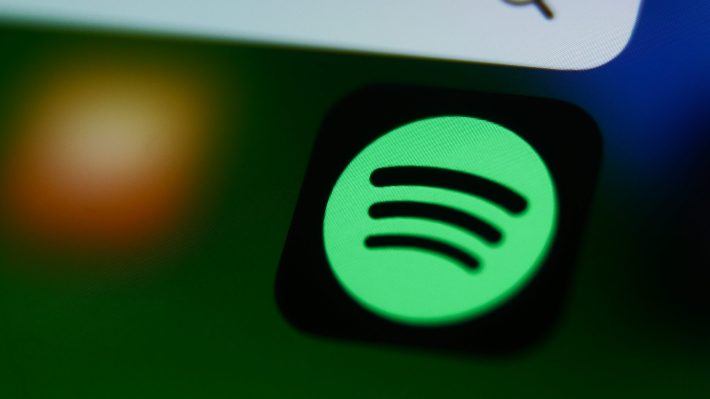Spotify’s upcoming royalty model changes will generate $1 billion in five years for new and popular artists, the streaming service announced on Tuesday. As previously reported, Spotify is changing its royalty system to direct more money to popular artists and record labels, while raising the minimum payment threshold for music streaming on the platform and tackling streaming fraud.
The company says the new policy will deter artificial streaming, better distribute small payments that aren’t reaching artists, and crack down on those attempting to game the system with noise.
“While each of these issues only impacts a small percentage of total streams, addressing them now means that we can drive approximately an additional $1 billion in revenue toward emerging and professional artists over the next five years,” Spotify wrote in a blog post.
In terms of the new minimum payment threshold, tracks need to reach at least 1,000 streams in the past 12 months in order to generate royalties starting next year. The company says it won’t make additional money under this model, and that “there is no change to the size of the music royalty pool being paid out to rights holders from Spotify; we will simply use the tens of millions of dollars annually to increase the payments to all eligible tracks, rather than spreading it out into $0.03 payments.”
Spotify says it has more than 100 million tracks and that tens of millions of them have been streamed between 1 and 1,000 times over the past year and generated $0.03 per month on average.
“Because labels and distributors require a minimum amount to withdraw (usually $2-$50 per withdrawal), and banks charge a fee for the transaction (usually $1-$20 per withdrawal), this money often doesn’t reach the uploaders,” Spotify notes. “And these small payments are often forgotten about. But in aggregate, these small disregarded payments have added up to $40 million per year, which could instead increase the payments to artists who are most dependent on streaming revenue.”
The company notes that 99.5% of all streams are of tracks that have at least 1,000 annual streams, and each of those tracks will earn more under this policy.
Spotify believes that since uploaders will no longer be able to “generate pennies from an extremely high volume of tracks,” the policy will eliminate one strategy used to attempt to game the system or hide artificial streaming.
To deter artificial streaming, Spotify will start charging labels and distributors per track when artificial streaming is detected on their content starting next year. Although Spotify is able to fight artificial streaming once it occurs on the platform, it believes this change will deter people from uploading such content in the first place.
As for cracking down on those attempting to “game the system with noise,” Spotify will increase the minimum track length of functional noise recordings, like white noise and nature sounds, to two minutes in order to be eligible to generate royalties. Since users often stream this type of content for hours, Spotify says this is sometimes exploited by bad actors who cut their tracks artificially short in order to maximize royalty-bearing streams.
“For example, a typical song is a few minutes long,” Spotify says. “Some bad actors are shortening whale sound tracks to 30 seconds and stacking them consecutively in a playlist without listeners noticing, so that they earn outsized payments. Beyond track length, noise recordings are valued in the same way as music recordings. The massive growth of the royalty pool has created a revenue opportunity for noise uploaders well beyond their contribution to listeners.”
By setting a minimum track length, Spotify believes this type of content will make a fraction of what they were previously earning, which will in turn free up extra money that will go back into the royalty pool for hard-working artists.
